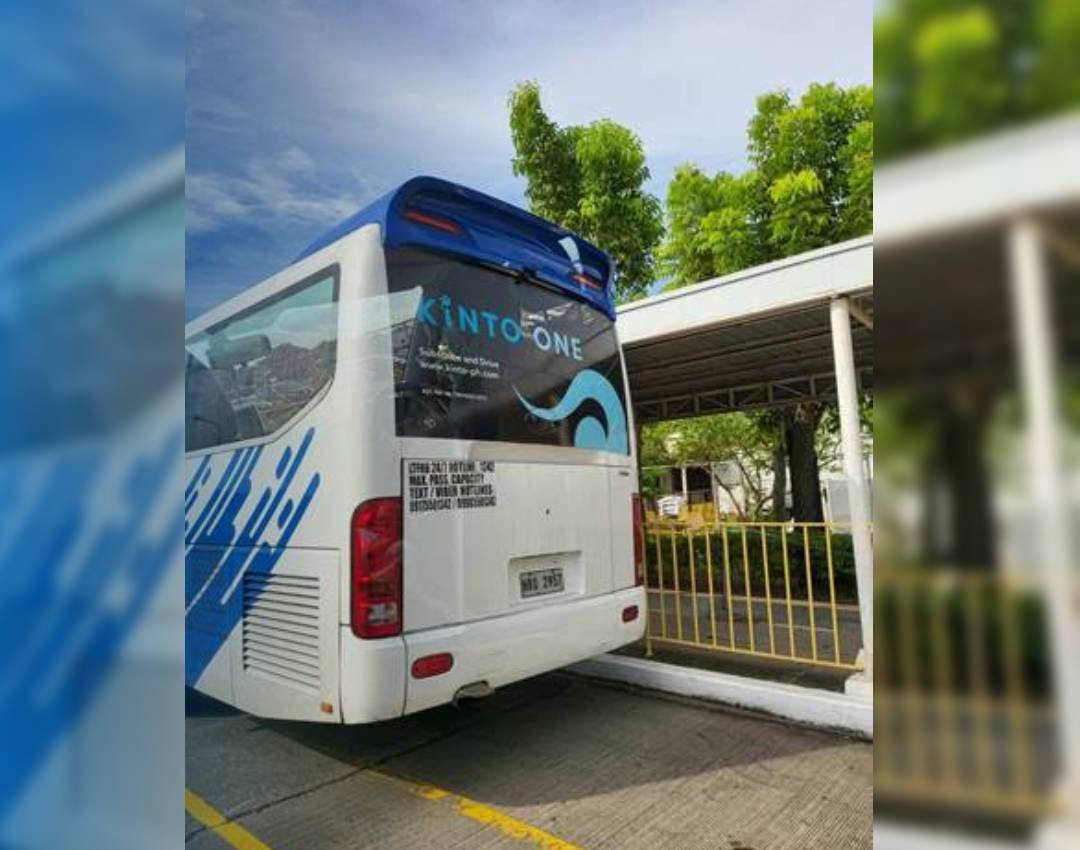Maximize Exposure with Transit Advertising Philippines
Wiki Article
Recognizing the Duty of Transportation Advertising And Marketing in Enhancing Brand Presence and Consumer Interaction
Transportation advertising has actually arised as an essential component in the marketing landscape, using distinct possibilities for brands to raise their presence and engage customers effectively. With the capability to get to a restricted and diverse target market during their everyday commutes, these advertising and marketing methods are not merely regarding presence; they are about developing purposeful connections with prospective customers. As we check out the complex benefits and ingenious techniques within transportation advertising, it ends up being necessary to think about just how these components collectively influence customer assumption and behavior, questioning concerning their long-term influence on brand commitment.Meaning of Transportation Marketing
Transportation marketing refers to the practice of promoting products, services, or brand names via promotions positioned around mass transit systems. This type of marketing encompasses a selection of positionings, consisting of posters on trains and buses, digital screens at transportation terminals, and wraps on the outside of automobiles. It intends to get to a diverse audience, profiting from the high foot traffic connected with public transportation.Transportation advertising and marketing is tactically positioned to record the interest of commuters, that often invest considerable time waiting or traveling. By integrating promotions into the day-to-day routines of individuals, brand names can create a long-term perception and foster brand acknowledgment. The medium is especially effective in city atmospheres, where mass transit is a key mode of traveling.
In addition, transportation marketing can assist in localized targeting, enabling companies to reach particular demographics based on transit courses and terminal places. As urban populations grow and using public transportation increases, this advertising approach has obtained importance as a vital element of incorporated advertising and marketing methods. The vibrant nature of transportation marketing, integrated with its capacity to engage consumers in a captive setting, emphasizes its importance in modern advertising and marketing practices.
Benefits of Transit Advertising And Marketing
The performance of transit advertising hinges on its capability to supply a wide range of benefits to brand names looking for to boost visibility and involvement. One of the primary benefits is the extensive reach it provides; transit ads can properly target varied demographics across metropolitan areas, getting to both commuters and pedestrians alike. This broad exposure significantly increases brand name understanding.Another advantage is the high frequency of impressions. As transit cars take a trip along established paths and stop at multiple areas, they create repeated direct exposure that strengthens brand messages. This frequency promotes familiarity, which is important in customer decision-making.
Transportation advertising and marketing is likewise economical compared to other media systems. Offered its extensive reach and potential for high impressions, brand names commonly experience a reduced expense per thousand impressions (CPM), optimizing their advertising and marketing spending plan.
In addition, transportation ads can create a feeling of neighborhood connection. By lining up with local transit systems, brands can reverberate with local target markets and promote a sense of local pride. This localized approach enhances brand commitment and interaction, making transportation advertising and marketing an engaging selection for businesses aiming to strengthen their visibility in the marketplace.

Reliable Methods for Transit Projects
To take full advantage of the impact of transportation campaigns, brand names ought to leverage critical planning and execution customized to their target audience. Initially, determining the group attributes of the audience utilizing public transit is critical. This enables brands to produce customized messaging that reverberates with prospective customers.Following, selecting the appropriate transit tools is essential. Whether using bus covers, subway posters, or electronic displays, each medium has special benefits that can enhance exposure. For example, dynamic visuals on bus covers can bring in attention, while electronic ads can be updated regularly to show prompt promotions.
Additionally, incorporating a natural branding method throughout transportation systems ensures uniformity and reinforces the useful link brand name's identity. Making use of remarkable taglines and eye-catching designs will strengthen brand recall among commuters.
Finally, timing is a crucial consider executing successful transit campaigns. Launching campaigns during peak travel hours or local occasions can significantly increase visibility and engagement. By employing these strategies, brands can effectively harness the potential of transportation advertising, fostering better recognition and link with their target market. Inevitably, a well-executed transportation project can drive significant development in brand exposure and consumer engagement.

Measuring Influence and Involvement
In examining the effectiveness of transportation marketing campaign, exact measurement of impact and interaction is vital for brands looking for to optimize their advertising and marketing techniques. Metrics such as reach, frequency, and perceptions provide fundamental data to analyze exposure. Analyzing these variables assists determine the amount of possible customers are revealed to the ads during their everyday commutes.Involvement can be additional gauged via consumer interactions, such as web site traffic, social media sites points out, and direct responses to calls-to-action included in the ads. Making use of devices like visit their website QR codes or distinct Links can assist in tracking of consumer actions straight connected to transportation projects. Surveys and responses mechanisms additionally work as important methods to gather qualitative information on consumer understandings and recall of the promotion.
Moreover, advanced analytics and acknowledgment versions can correlate transit exposure with succeeding investing in behavior, providing understandings right into the return on investment. By employing a detailed strategy that incorporates quantitative and qualitative steps, brands can establish a nuanced understanding of their transportation advertising and marketing influence. Ultimately, this data-driven strategy enables brands to fine-tune their campaigns, ensuring they reverberate successfully with target market and boost total brand name visibility.
Case Research Studies of Effective Projects
Effective transportation advertising campaigns act as compelling examples of exactly how effective techniques can raise brand name presence and involvement. Transit Advertising Philippines. One noteworthy case is the "I Love New York" campaign, which changed the city's photo and attracted millions of tourists. By utilizing train ads, billboards, and bus wraps, the campaign produced a strong, cohesive brand name identity, resulting in a considerable uptick in tourism and local business patronage
Another excellent campaign is Coca-Cola's "Share a Coke" effort, which leveraged transit advertising to individualize the brand name experience. By including popular names on promotional products throughout different transit systems, Coca-Cola promoted a deeper psychological connection with customers, motivating them to share their experiences on social media.
In addition, the "Got Milk?" check that campaign effectively made use of public transport ads to get to a broad target market, strengthening the message of the importance of milk in a well balanced diet. The project saw a measurable rise in milk usage in target demographics.
These case researches show that when executed attentively, transit marketing can substantially enhance brand name visibility, foster customer engagement, and drive quantifiable results, showing its vital function in modern advertising approaches. - Transit Advertising Philippines
Verdict
In verdict, transportation advertising and marketing offers as an essential device for boosting brand name presence and cultivating customer engagement. Ultimately, the ability to measure engagement and evaluate successful case studies underscores the effectiveness of transit advertising in driving brand commitment and customer communications.Transportation advertising and marketing has emerged as a critical aspect in the advertising landscape, offering distinct opportunities for brand names to boost their exposure and engage consumers properly.In addition, transportation advertising and marketing can assist in localized targeting, allowing businesses to get to certain demographics based on transportation paths and station locations.In reviewing the performance of transportation marketing campaigns, accurate dimension of effect and interaction is necessary for brand names looking for to optimize their advertising and marketing methods.Successful transportation marketing campaigns offer as engaging examples of just how efficient strategies can boost brand exposure and engagement.In verdict, transit advertising and marketing serves as an essential tool for boosting brand presence and promoting customer interaction.
Report this wiki page